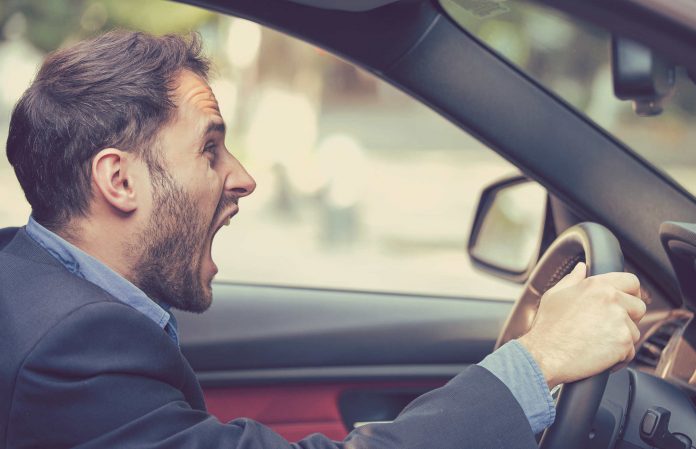“The Sunshine Coast has the worst drivers in Australia.”
Ask anyone sitting in the driver’s seat on the Bruce Highway, Sunshine Motorway, Nicklin Way or stopped at any roundabout or intersection in the region at any given moment and the chances are, they’ll think that description is a fair cop.
Our questionable reputation as a region of motorists has been built over time and through almost daily anecdotes of less-than-ideal driving behaviour and attitude.
So, what are the Sunshine Coast worst driver ‘fails’?
Do you have an opinion to share? Submit a Letter to the Editor with your name and suburb at Sunshine Coast News via: news@sunshinecoastnews.com.au
A personal list is sure to cover (in no particular order):
- Tailgating.
- Confusion at roundabouts.
- Uncertainty about merging rules.
- Going under the speed limit in the right lane on a highway.
- Taking too long to move off on the green light at traffic lights.
- Drivers fiddling with controls, eating or looking at the phones in their lap and swerving all over their lane.
- Parking outside the white lines of a designated car space.
- Taking too long to turn left into a property or business off the main road and holding up cars behind.
- Inconsistent highway speed (speeding up to overtake, then slowing down before speeding up again).
- ‘Stealing’ a shopping centre car park despite another vehicle patiently waiting.
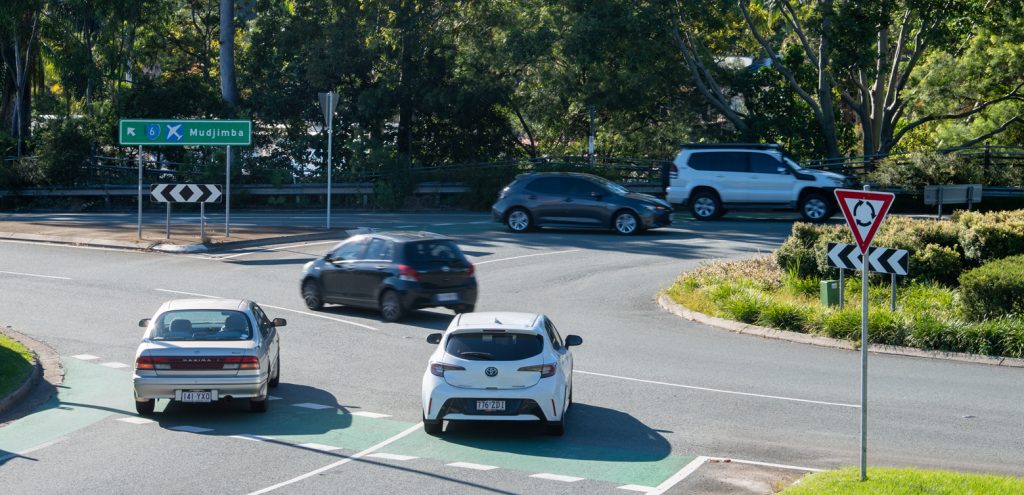
Each of these incidents can infuriate and frustrate drivers – and even lead to road rage.
But you might be surprised to hear a different stance taken by two of the region’s police officers charged with ensuring everyone remains safe and motorists do the right thing on our roads.
SUBSCRIBE here now for our FREE news feed, direct to your inbox daily.
The primary roles of Highway Patrol Sunshine Coast Acting Sergeant Phil Ahrens and his colleague Senior Constable Diesel Campbell are traffic, rule enforcement and detection of criminal offences on our roadways.
Sen Const Campbell also runs Life Awareness Workshops (LAWs) in all high schools across the Coast, educating Year 12 students on road rules and consequences of bad driving choices being made, just as they become eligible to become learner drivers and P-platers.
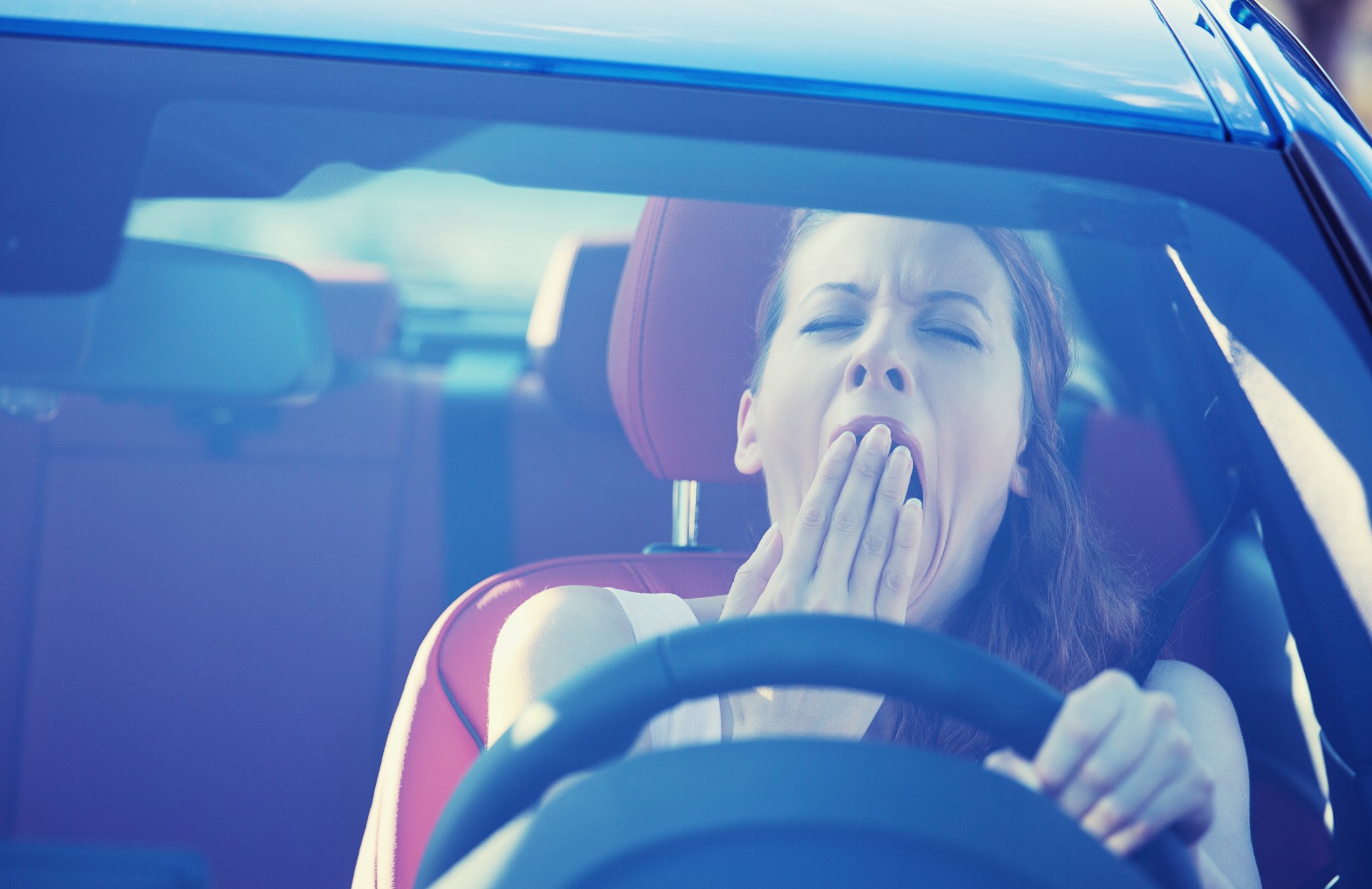
These officers’ list of worst driver fails always starts with the Fatal Five: speeding; drink or drug driving; failing to wear a seatbelt; being distracted (including mobile phone use); and driving while tired.
And they are the first to admit that tailgating – a vehicle following too close behind another – does account for a large number of complaints to police.
But their No.1 driver fail – one that would fix many subsequent problems on the road – is simply that many motorists in 2023 lack manners, courtesy or respect and common sense.
“Common sense and courtesy go a long way in preventing issues on the road,” Acting Sergeant Ahrens said.
“Manners don’t cost anything. We all have varying levels of experience on the road.
“But it’s about just giving each other room, using common sense, not doing the unexpected and using our courtesy and manners like waving to someone – whether it’s an apology wave or letting someone through.”

Another on their list is for drivers to do the small things right: don’t allow an incorrect driving behaviour to become the norm or for several bad habits to combine into a concern every time you sit behind the steering wheel.
“In New York, they talk about Broken Windows Policing,” Acting Sgt Ahrens said.
“That applies to policing in that if you deal with the smaller things, people will be less likely to do more major things.
“If a window is broken, fix it so people don’t think that’s the norm.
“The same applies on the road. If you regularly use your mobile phone and nothing happens and we don’t stop you or you haven’t had a crash, you might become complacent and think, ‘Well, there’s not much chance of getting caught’ or ‘I haven’t had a crash because I’m a reasonable driver’.
“Then that becomes the norm. And then perhaps other behaviours become common as well, like not wearing a seatbelt or going 5 or 10km/h over the speed limit.
“But it only takes one thing then to go wrong for all that to come unstuck. By doing that and having that lackadaisical approach, you certainly increase the chances of those things happening.”
While similar to distraction within the Fatal Five, Sen Const Campbell adds lack of focus to the list.
Computer warnings for obstacles, vehicle self-parking and systems such as cruise control that automatically regulates the speed – while convenient, they all take away driver responsibility and focus.
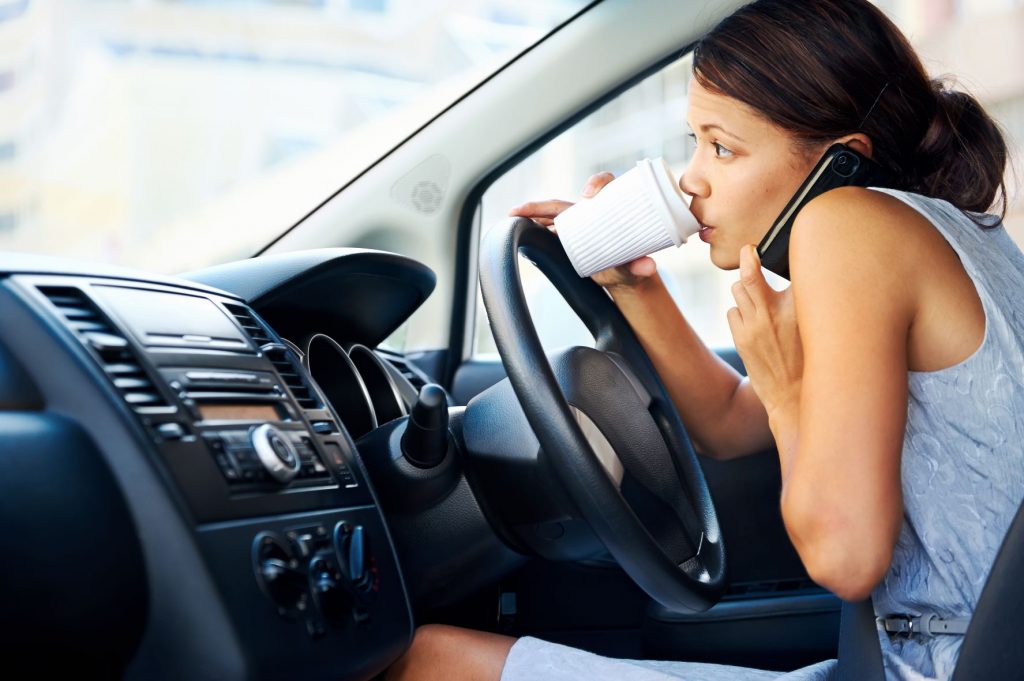
“Cars are driving for themselves these days, largely,” Sen Const Campbell said.
“People don’t have to focus and concentrate as much as they used to, back when you actually had to drive.
“It switches off part of your brain.
“People are thinking of other things, and that might be in combination with not knowing (road rules), being arrogant or ignorant.”
Acting Sgt Ahrens added that when Sunshine Coast motorists were driving long distances – perhaps south to Brisbane or north to Gympie and further up the coastline – they tended to become more relaxed and settled in to highway driving, losing focus on road rules such as an obligation to keep left with a speed limit over 90km/h.
Next on their list is staying on top of changes to road rules.
“We (police officers) find out about road rules changes just like everyone else: online,” Sen Const Campbell said.
“We still have to research and educate ourselves.
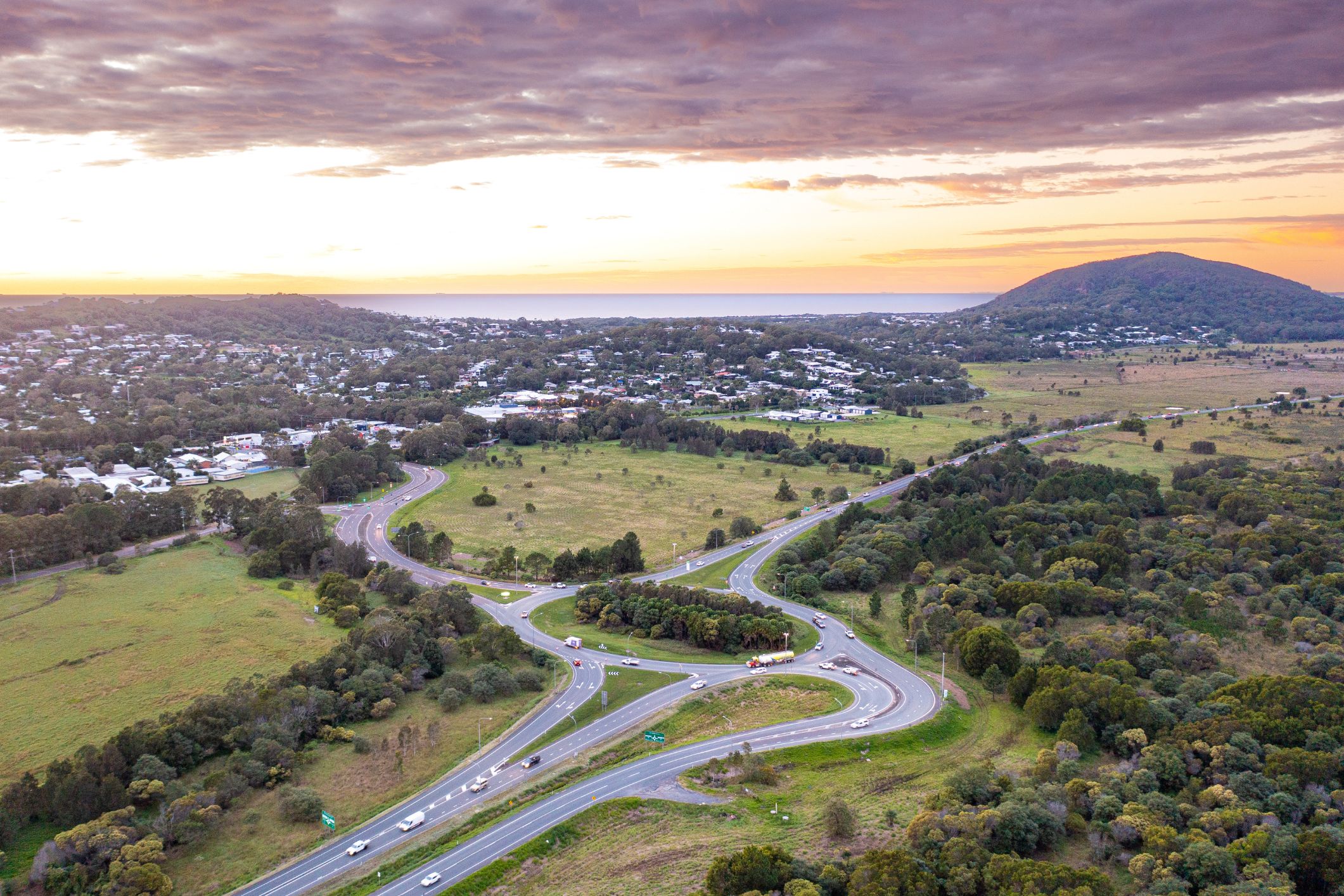
“The fact is, you have that little bit of plastic that says you have a licence and that you know road rules, whether you do or you don’t.”
Acting Sgt Ahrens said most Queensland drivers were never required to retest their driving skills and, since many decades might have passed since obtaining their first open-class licence at 17, “re-education is always important to rehash some of those common rules”.
He agreed some drivers had problems with merging – as evidenced on the Mountain Creek access to the Sunshine Motorway heading north and at the Sugar Road roundabout, down from Buderim-Mooloolaba Road at Maroochydore, which both caused bottlenecks at times.
“New Zealand advertise (merging) as a zipper in one campaign to explain it,” he said.
“It’s a skill thing, too, knowing when you are merging, having the confidence to accelerate into the traffic.
“With merging, there’s also two types of lane markings that often confuse people.”
The State Government explains the two types of merging rules as:
- On roads where there are lanes marked on the road – if your lane comes to an end, you must give way to traffic already in the lane you are moving to.
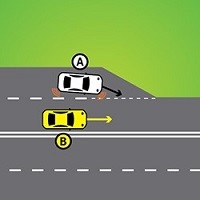
- On roads where there are no lanes marked on the road – when lines of traffic merge, you must give way to any vehicle that is ahead of you.
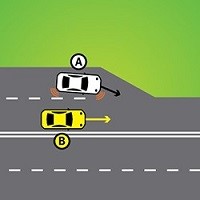
He recommends heading to the Transport and Main Roads website and searching for ‘road rules’, where links to YouTube videos also can be found for further visual explanation.
Like everything in life, ignorance is no excuse.
“The legislation also has changed with regard to mobile phone use,” Sen Const Campbell said.
“It can be turned off and sitting on your lap and you can still be given an infringement notice, which is now over $1000.”
The officers’ final motorist fail is a ‘lazy driver’ attitude.
“I’d say probably, anecdotally, 90 per cent of drivers that I intercept know what they’re doing,” Sen Const Campbell said.
“It’s an attitudinal thing, which makes it fixable.
“A lot of it comes from lazy driving. You get people not restraining their load properly – getting all sorts of items falling off cars and tradies’ utes.
“You talk to them and they say, ‘Oh yeah, I know but I’m just going down to road’, ‘I’m just doing this’, ‘I’m just doing that’.
“There’s always an excuse but they know.”
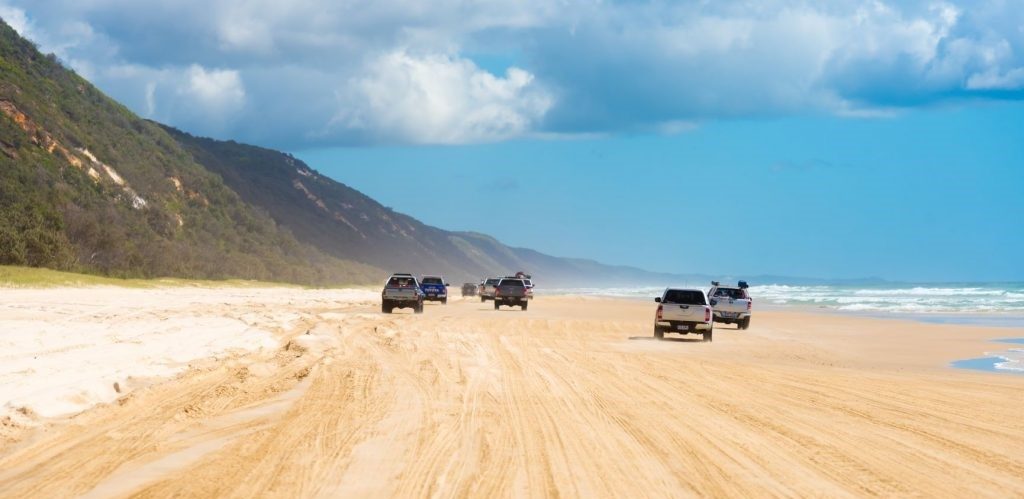
Sen Const Campbell said ‘lazy driving’ was often demonstrated on the ‘sand highway’ at Noosa North Shore.
“People are a bit more relaxed with their driving on the beach,” he said.
“They take this really relaxed approach, even though the signage says ‘All road rules apply’.
“What not everyone realises is that the driver is liable for every passenger. So, if there’s four passengers in the car and none are wearing a seatbelt, that can be quite a costly trip.
“And the second offence within 12 months is double the demerit points.”
The highway patrolmen recommend every motorist do a ‘risk assessment’ of themselves, their car and the environment they’ll be driving in before getting behind the wheel. That takes in how the driver is feeling, any vehicle defects and further considerations of types of roads they would be driving on and weather conditions.
“The old saying that driving is a privilege not a right is true, but we’re so accustomed to getting in a car and going for a drive, we don’t think too much of it,” Sen Const Campbell said.
“We forget about the tyres being bald, it’s raining – big deal. I’ll just keep going at 110km/h.”
As his boss adds: “We have a saying in the police: you’re no good to anyone if you don’t get there.”
Follow us on Facebook: www.facebook.com/scnews2020/


